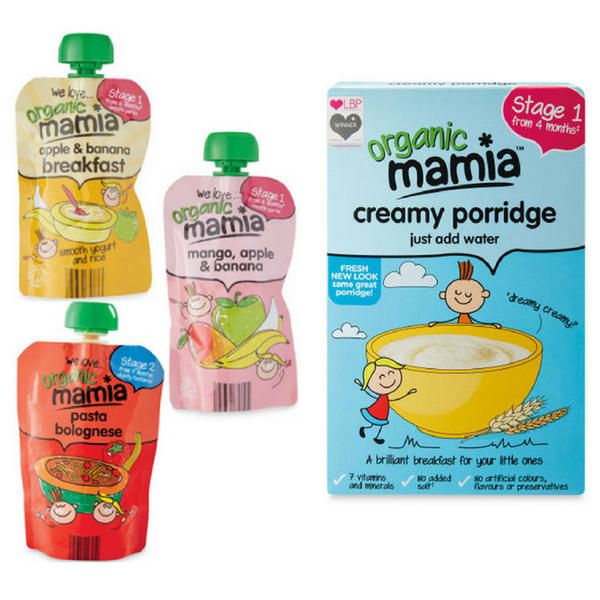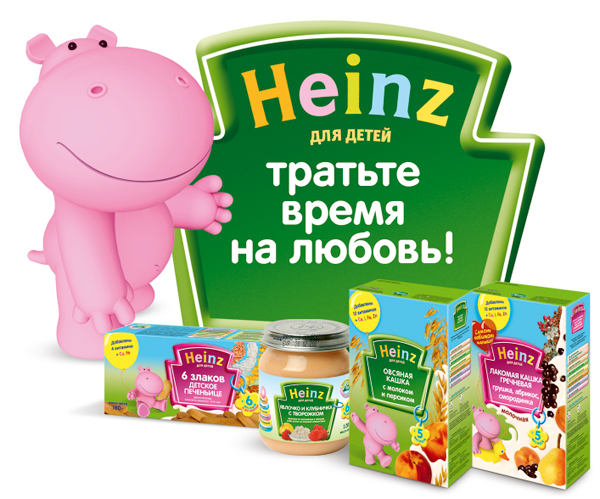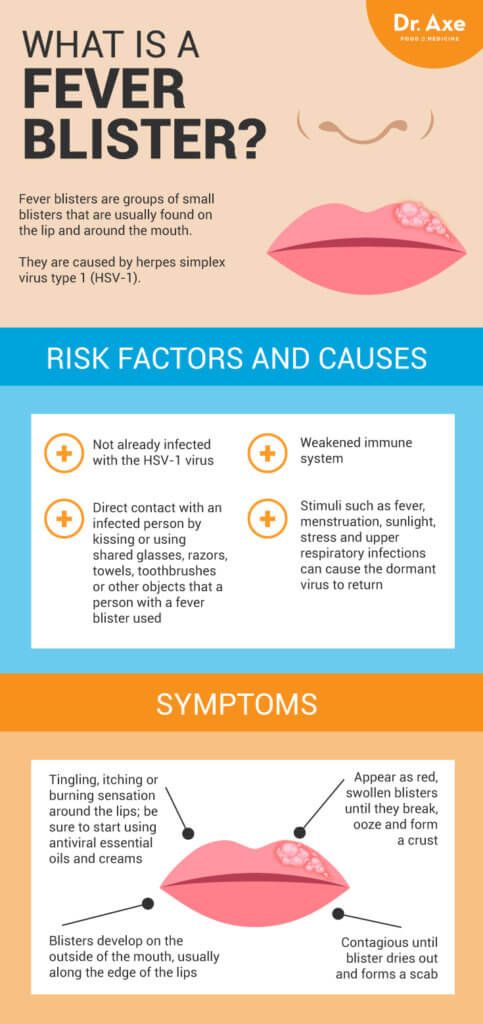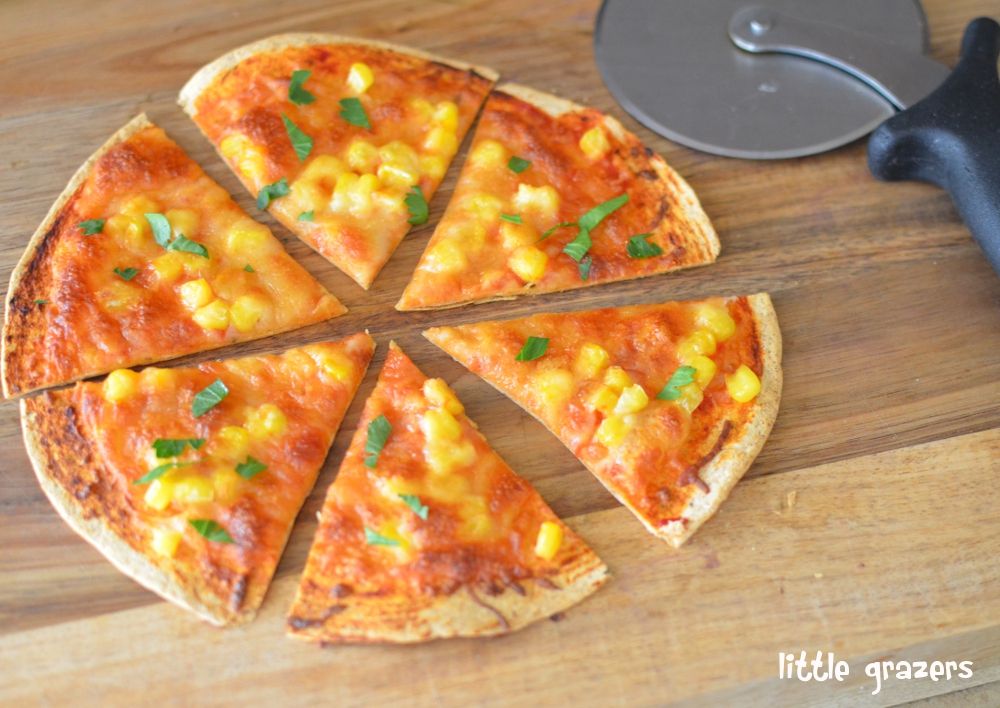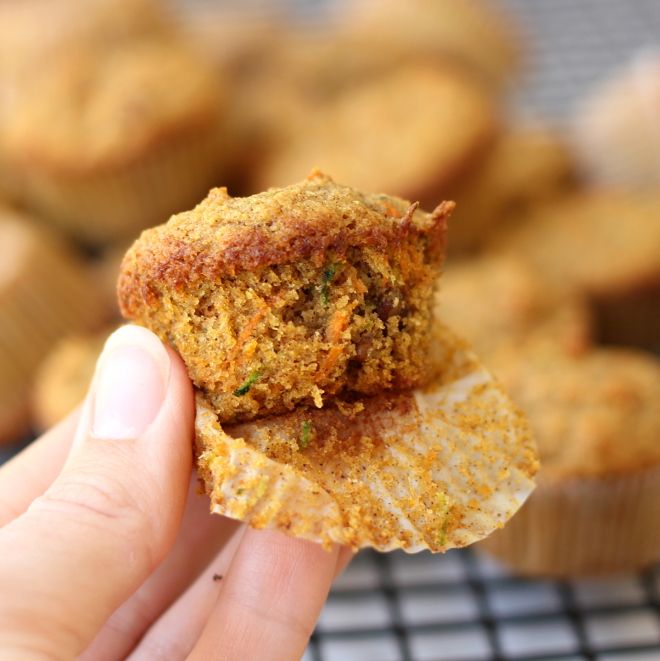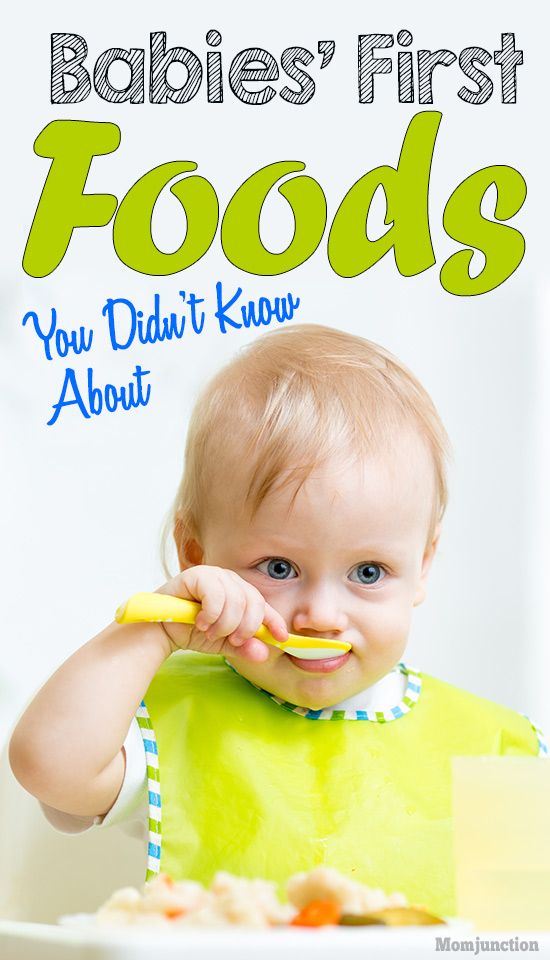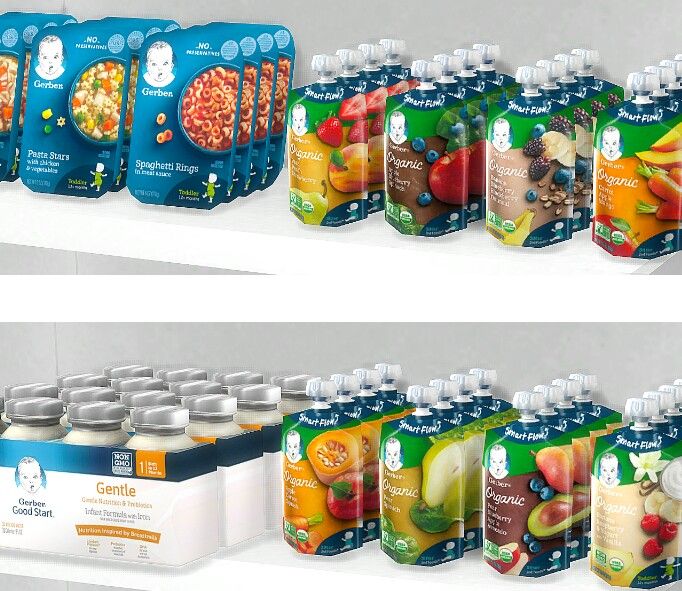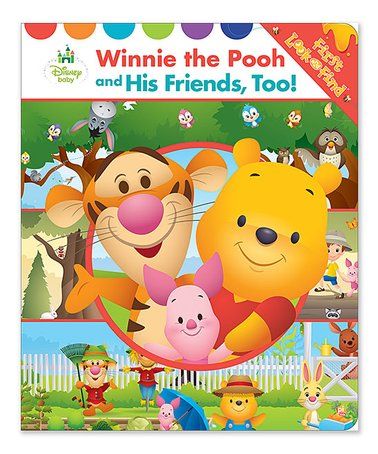Are food pouches good for babies
Do Baby Food Pouches Cause Eating Problems?
Written by Lisa Marshall
Walk the baby food aisle and you'll quickly notice that those miniature glass jars of baby food from your childhood are being overtaken by squeezable, suck-able, disposable pouches.
A decade after they hit the shelves, billed as a mess-free portable option for on-the-go families, the puree-filled packages now make up more than a quarter of baby food sales in the United States. Nearly a third of 2-year-olds' packed lunches at day care contain at least one pouch, one recent University of Texas Austin study found, and some toddlers are getting more than half of their midday calories in pouch form.
That concerns child health experts who say that while the pouches are fine as an occasional snack, their overuse could potentially breed poor eating habits and stunt development of feeding skills and motor coordination at a critical stage of life.
"Many of us in the medical field have a love-hate relationship with pouches," says Kara Larson, a speech language pathologist and feeding specialist at Boston Children's Hospital. "They're convenient and travel well and are often a better choice than cookies or chips. But parents need to use them in moderation."
For infants and toddlers, Larson says, eating is an important learning experience. Scraping a spoon across a bowl and lifting it to the mouth develops motor coordination. Plucking cut-up bits of banana from a high-chair tray develops grasping skills. And unlike sucking from a pouch -- which requires a front-to-back tongue motion -- chewing soft foods requires a child to develop side-to-side tongue motions needed for eating and speech later in life.
"If children are just sucking from a pouch all the time, we worry that some of that tactile experience with food might be lost," she says.
Parents often like pouches for their wide variety of seemingly healthy flavors, ranging from quinoa and kale mixtures to organic vegetable blends. But experts warn that the actual taste of those vegetables and grains is often masked with sugar, which could pose dental problems and breed picky eaters.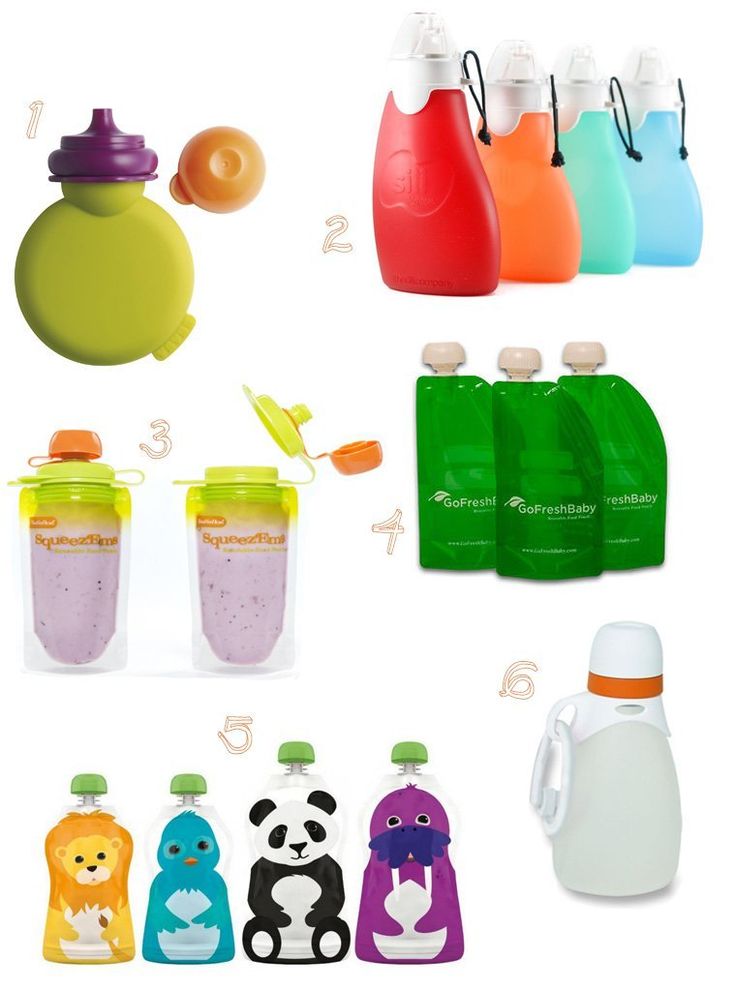
"Children at this age are developing taste preferences that will follow them throughout life," says Courtney Byrd-Williams, PhD, a behavioral scientist at UTHealth School of Public Health in Austin, TX. "If they are used to eating overly sweet fruit or aren't exposed to plain vegetables, they are less likely to like them as adults."
She also worries that because pouches are far easier to suck down quickly, they might encourage children to keep eating, even when they're already full -- a bad habit that could cause problems in adulthood.
All that said, Larson and Byrd-Williams see no harm in offering babies 6 months or older and toddlers an occasional pouch -- in the grocery store, in the car, at big brother's soccer game -- when sitting down for a snack isn't practical. Just don't exceed one or two pouches per day, look for low-sugar/high-fiber options, and don't let convenience trump health.
"When we consider what convenience food has done to adult health, there are plenty of reasons to pause before passing your child another pouch," Byrd-Williams says.
28%: Percentage of day-care lunches for children 6 months to 3 years old that contain at least one pouch; 10% contain two or more pouches. In 4%, half of lunchtime calories came from pouches.
0: Number of packed-lunch pouches that contained purely vegetables.
12 grams: Average amount of sugar in a single pouch.
25%: Percentage of the total baby food market made up of pouches in 2018, according to Nielsen Total Food View.
Baby Food Pouches: Pros, Cons and Advice
Should you give your child a baby food pouch?
It hasn’t taken long for baby food pouches to show up in grocery stores and superstores everywhere. You can even find them at some Starbucks!
In fact, it’s safe to say they’ve become part of the nutrition mainstream for babies and toddlers.
Baby food pouches may provide a good source of fruits and/or veggies, with many brands boasting no added sugars, juices, salt or artificial colors and use of all organic ingredients.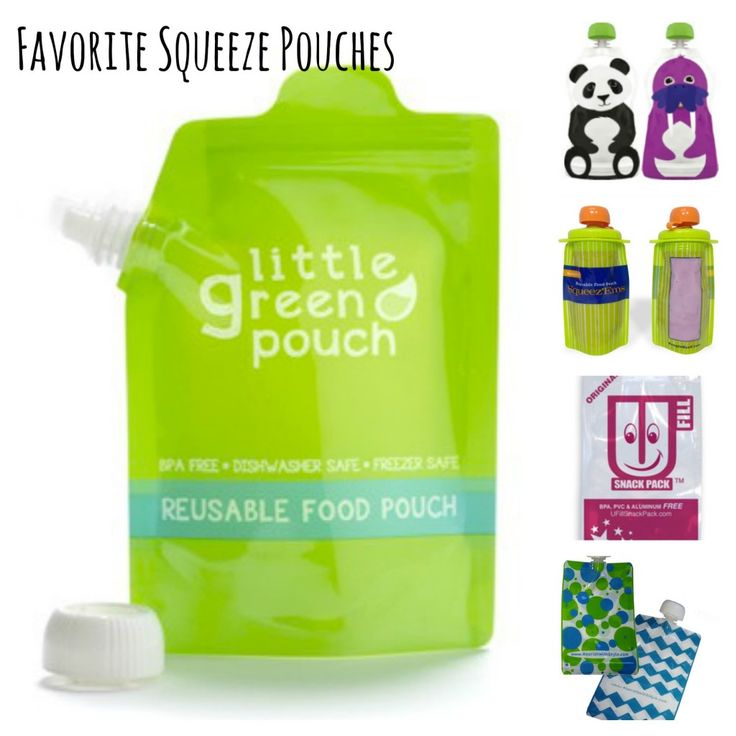
Some companies claim their products are cooked at lower temperatures than jarred baby food, increasing their nutrient content.
While the possibilities are endless with these convenient creations, others advise caution when using them.
In this article, you’ll learn:
- The pros and cons of using baby food pouches
- Why it’s important to connect through feeding
- 5 pointers for effective use of food pouches
Pouches are easily portable and re-sealable for handy feeding at home or on the go. They don’t get crushed like some whole fruits and vegetables or break like glass jars.
Storage is a snap; you can refrigerate or freeze any partially used containers. They can be eaten cold, at room temperature, or heated up in warm water.
They make fruits and vegetables more accessible to toddlers when fresh options are not available or when time is limited.
It’s easy to complement your own cooked meals or restaurant fare with these blends to boost your child’s fruit and vegetable content.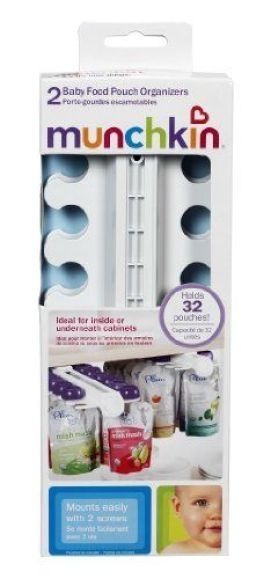
Even though I think they are a wonderful option overall, I do have a few concerns about how these products are used.
Like all baby food, the single-ingredient fruits or fruit and vegetable blends should be introduced around 6 months, when your baby shows developmental signs of readiness.
For infants, spoon feeding utilizes mouth muscles necessary for proper speech. Additionally, toddlers can learn how to use a spoon to build fine motor skills.
I recommend using a spoon when feeding these purees.
It is ok for toddlers to “suck” on these pouches occasionally.
However, make sure your tot has started spoon-feeding themselves, eating finger foods, and drinking from a cup with minimal spilling before giving them a pouch to “suck on.”
Don’t depend on pouches as a sole source of your child’s fruits and veggies, you want him or her to recognize and accept whole fruits and vegetables, too!
Get the Food & Nutrients for Baby’s Brain!
Keep Your Baby’s Nutrition in MindAs baby food pouches become more popular, however, parents want to make sure they fit them into the overall goals for their child’s nutritional needs and developmental progress.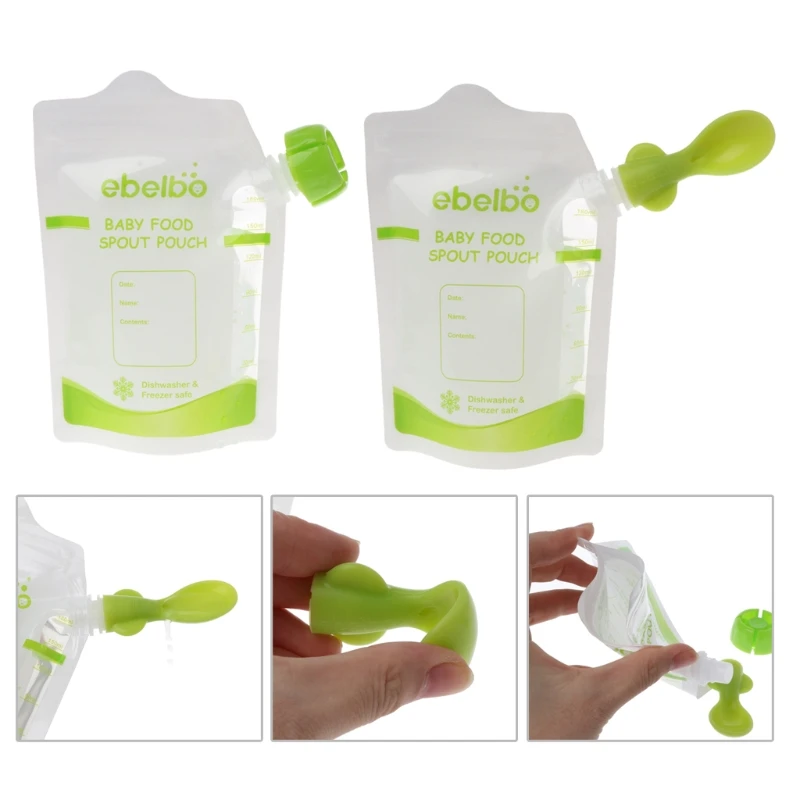
Starting solids is a very important phase and there are a few overarching goals to keep in mind:
- Support your baby’s growth and development by supplying the nutrition he needs, especially for critical nutrients like iron, DHA and vitamin D.
- Advance your little one along with feeding skills. By a year of age, your baby should be self-feeding with utensils (and his hands), drinking out of a cup and eating a wide variety of flavors and textures.
- Setting up healthy eating habits.
With the fast-paced world we live in, it’s easy to put feeding on the back burner and give your youngster foods they can eat without your help.
Remember, feeding is a chance to connect and enhance attachment. When your child eats in the back seat while you drive, you miss out on an opportunity to connect.
A positive feeding relationship in infancy sets the stage for future healthy eating in toddlerhood, childhood and the teen years.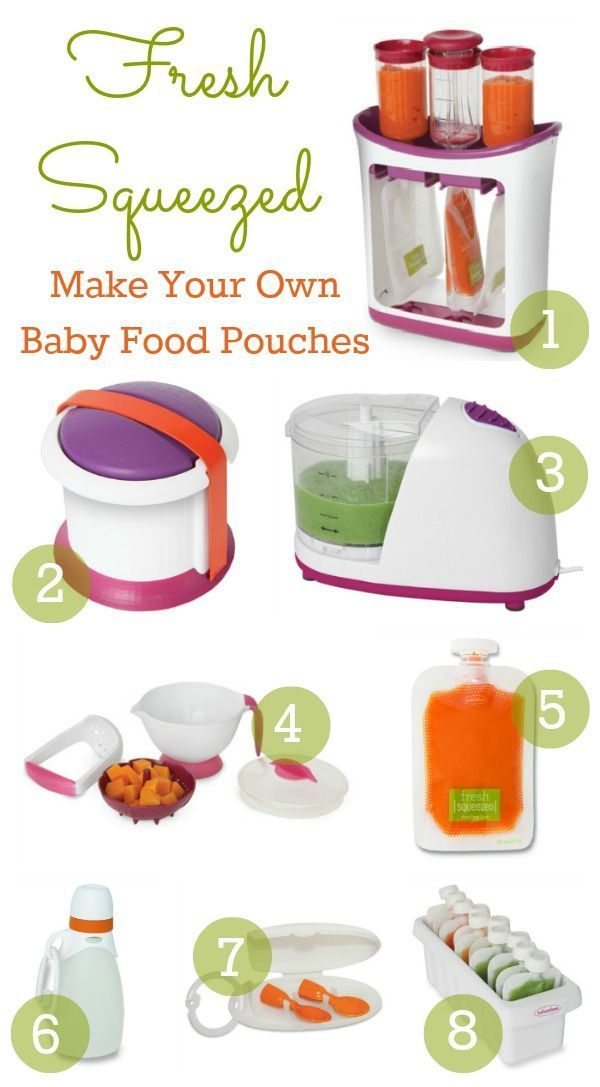
I’ve got a few pointers for using baby food pouches so your baby becomes the healthy, self-feeder he was meant to be!
1. Incorporate the SpoonThe original intent when baby food pouches came out on the market was to use them with a spoon.
Parents could squeeze a bit of baby food onto the spoon and feed it to their infant.
Today, the spoon is skipped and sucking from the pouch is the norm. This misses the opportunity to teach baby how to eat off a spoon and use his mouth muscles to manage, propel and chew food.
All babies need diversified texture so they learn to chew, self-feed and advance their feeding skills.
Babies who do not advance to more textured food by 9 months of age have been shown to have a greater likelihood of having feeding problems later.
Using a pouch won’t hurt your baby if you keep moving forward with feeding skills, such as introducing finger foods, offering the spoon, and encouraging self-feeding.
Add textured foods such as chopped and cooked veggies, rice, noodles or shredded meats in a bowl with baby food from pouches to increase the texture experience.
These varied textures will stimulate your baby’s sensory system and train his mouth muscles to handle a wide range of food textures.
3. Monitor Baby when Eating a Baby Food PouchNo matter what, when, or how you feed your baby, he or she needs to be monitored to watch for choking and to continue to enhance the parent-child connection and bond.
4. Start Finger Foods Between Six and Eight MonthsBetween six and eight months, babies develop their hand grasp and can hold a finger-shaped, or long, thin rectangle of soft food, such as buttered toast, soft cooked vegetables like sweet potato, or ripe fruit like banana or avocado.
By eight months, the pincer grasp emerges, and your baby can pick up small bits of food with his thumb and forefinger.
At this stage, introduce finer foods like strips and small cubes of soft food to your baby’s meal routine.
Use this opportunity to introduce singular veggies and fruits so your baby can appreciate the flavor and texture of these foods.
5. Always Sit to EatThis is good advice for any child at any age (even adults), but especially for the new eater who is learning to handle food.
Sitting for meals and snacks helps children pay attention to their food and eating, learn to eat mindfully, and stop eating when full.
Your job is to provide quality nutrition and establish a good eating environment. Use developmentally appropriate feeding utensils and food textures to foster lifelong eating habits.
Need More Help with Feeding Baby?Check out our nutrition booklets, workshops, and courses and my book, The Smart Mom’s Guide to Starting Solids.
You may also enjoy reading:
- Is Rice Cereal for Babies Safe?
- Toxins in Baby Food: What You Need to Know
This article was updated on January 26, 2020.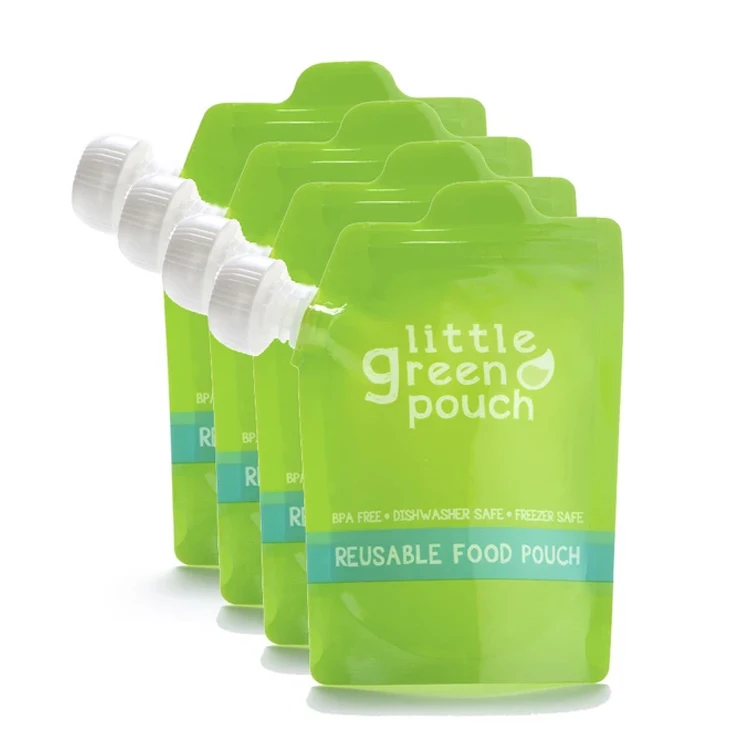
Why Biodegradable Bags Are Accelerating the Pollution of the Planet
Photo: Griffin Wooldridge / Unsplash
When plastic was declared the world's worst enemy, plastic bags began to be replaced with biodegradable ones. We explain why biodegradable bags are far from the best alternative to plastic ones
The material was prepared by the author of the Ecologin telegram channel especially for RBC Trends.
Since sustainability has become a trend, there have been many companies producing not plastic, but "bio-bags" and "eco-bags". But not all of them meet environmental standards. To understand whether alternative types of plastic are good for the environment, let's look at the terms.
Bioplastic does not mean environmentally friendly
Bioplastic refers to bio-based plastics. Such a material is made from biomass (corn, straw, sawdust), and not from fossil resources - this is its advantage over conventional petroleum-based plastic.
Photo: Henry Be / Unsplash
There are many bioplastic bags on the market, and manufacturers appeal to the sustainability of their products due to the natural ingredients in the composition. Only they do not indicate that the time of bioplastic decomposition in the environment can be the same as that of plastics. This means that any plastic can be called biodegradable, since after a few hundred years it will still decompose. The only difference is that bioplastics will release into the atmosphere a greenhouse gas - methane, which intensifies the climate crisis, while ordinary plastics will decompose into microplastics that poison the soil and water bodies.
Biodegradable plastic is better, but not so simple. The catch is that biodegradable plastic products do not indicate for how long and under what environmental conditions it will decompose. Most people read the term "biodegradable" as "bury it in your garden or throw it in the ocean, it will completely decompose.
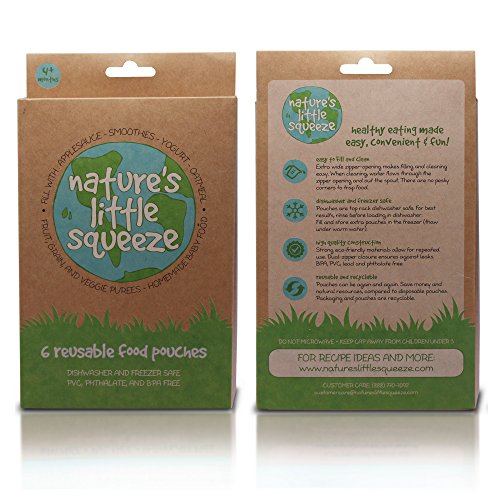 " But in fact, most biodegradable plastics can only decompose in a special industrial facility where temperature, humidity and light are controlled.
" But in fact, most biodegradable plastics can only decompose in a special industrial facility where temperature, humidity and light are controlled. Biodegradable plastics include oxo-degradable, hydro-degradable and compostable plastics that "dissolve" when exposed to oxygen, water or bacteria.
Photo: Vadim Zhernov / TASS
Biodegradable plastic materials , which are labeled as compostable, are composted only in industrial plants, not at home.
Oxo-degradable bags must not be sent to landfills. Under the influence of oxygen, such a bag will simply decompose into microplastics, and additives responsible for oxo decomposition are potentially toxic. So much so that, due to their harmful environmental impact, the European Commission in January 2018 recommended a ban on the use of oxo-degradable plastics in the European Union.
Photo: Guillaume Périgois / Unsplash
In the worst case, the manufacturer calls plastic bags “biodegradable” with special additives that accelerate the decomposition of the bag into microplastics.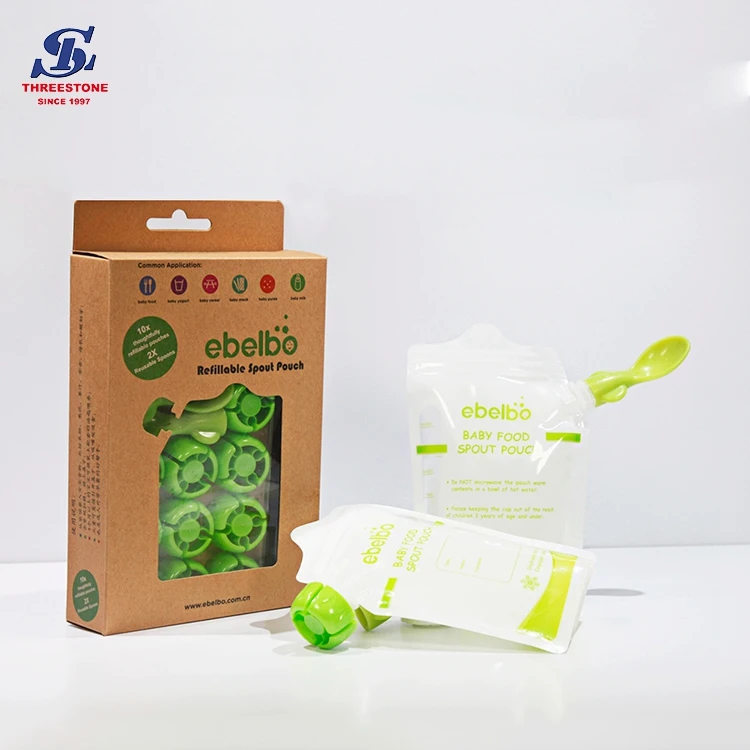 In such cases, the inscriptions on packages and packages “safe for nature”, “concern for the environment” can only be taken in quotation marks.
In such cases, the inscriptions on packages and packages “safe for nature”, “concern for the environment” can only be taken in quotation marks.
Which packages to use?
Unfortunately, even reading tons of reference material and understanding the recycling processes for each type of plastic will not help answer this question. The fact is that bag manufacturers rarely indicate the composition of their products, and biodegradable bags are not accepted at waste collection points for recycling, because there is no suitable infrastructure for them.
A study conducted by scientists from the University of Plymouth in the UK demonstrates the difficulty of recycling all biodegradable materials. In this study, biodegradable, oxo-biodegradable, compostable and plastic bags were placed in different environmental conditions for three years: left in the open, buried in the ground, immersed in water and tested in controlled laboratory conditions.
Photo: University of Plymouth
In the open air, all the bags broke into fragments after nine months, and those that were immersed in soil and salt water, almost nothing happened.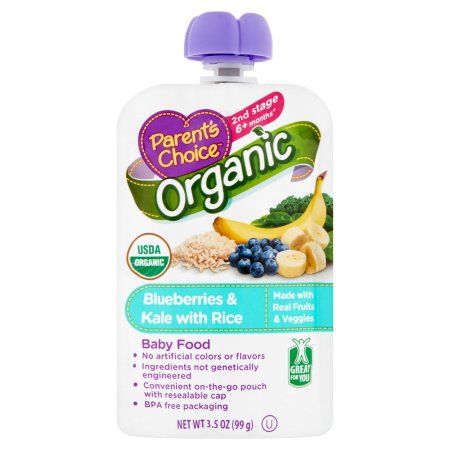 Only the compostable bag completely dissolved in water in three months, but remained in the soil for 27 months. Biodegradable and oxo-biodegradable bags have retained their strength even after three years. The experiment showed that none of the packages disappeared without a trace, no magical decomposition occurred - even the decomposed packages left behind particles.
Only the compostable bag completely dissolved in water in three months, but remained in the soil for 27 months. Biodegradable and oxo-biodegradable bags have retained their strength even after three years. The experiment showed that none of the packages disappeared without a trace, no magical decomposition occurred - even the decomposed packages left behind particles.
Biodegradable materials can only degrade through industrial disposal. In the natural environment, the impact of microbes, oxygen, humidity and other factors that cannot be reproduced in everyday life is important for this.
Video: University of Plymouth
In countries where there is no developed infrastructure to ensure proper disposal of biodegradable materials, the introduction of compostable and biodegradable bags can increase plastic pollution.
Environmental think tank Green Alliance noted that the term "biodegradable" makes consumers think that the bag can be thrown away in good conscience, which will create even more environmental pollution.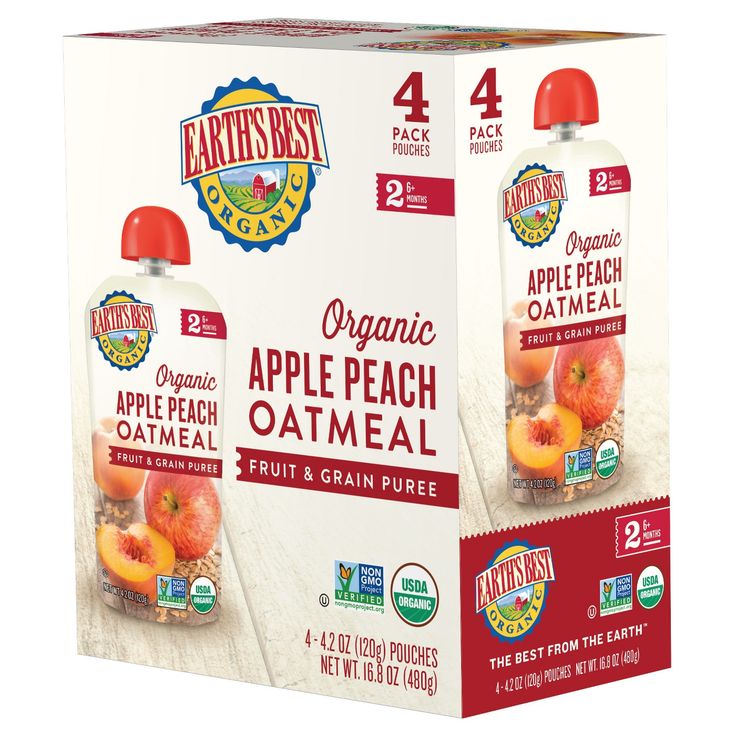
Photo: Pexels
As a result, it doesn't matter in which bag you carry your groceries home from the store or throw out the trash: in a biodegradable trash bag or in a plastic one. In everyday life, all biodegradable bags turn out to be no better than ordinary plastic bags, and stores set prices for them two to three times higher, expecting that we will be willing to pay more to save our planet.
More information and news about how business, law and society “go green” in our Telegram channel. Subscribe.
Which plastic is the safest: Ecology Articles ➕1, 06/15/2021
Plastic has become an integral part of our lives. Grocery containers, packages for household chemicals, children's toys, clothes, CDs, toothbrushes... If you care about your own health and the health of your loved ones, it is important to know what type of plastic the things around us are made of.
You can determine how safe a particular type of plastic is by labeling it. It is marked on the packaging with a number. Unmarked plastic is prohibited in Russia, but nevertheless it is common. Using such plastic means knowingly risking your health.
It is marked on the packaging with a number. Unmarked plastic is prohibited in Russia, but nevertheless it is common. Using such plastic means knowingly risking your health.
1
- PET (PET/PETE) - polyethylene terephthalate. This is plastic from which bottles, disposable cups, plates and other utensils, other containers and packaging (for sauces, cosmetics, spices) are made.
2
- HDPE (LDPE) - high density polyethylene (low pressure). Liquid containers, disposable bags, food utensils, toys, jars and containers for cosmetics and household chemicals, cans, buckets are made from this plastic.
3
- PVC - polyvinyl chloride. Food wrap is made from it, sometimes also bottles, bags, toys, since the material is quite flexible.
4
- LDPE (HDPE) - low density polyethylene (high pressure). Bags, bottles, various containers and containers, children's toys are made from it.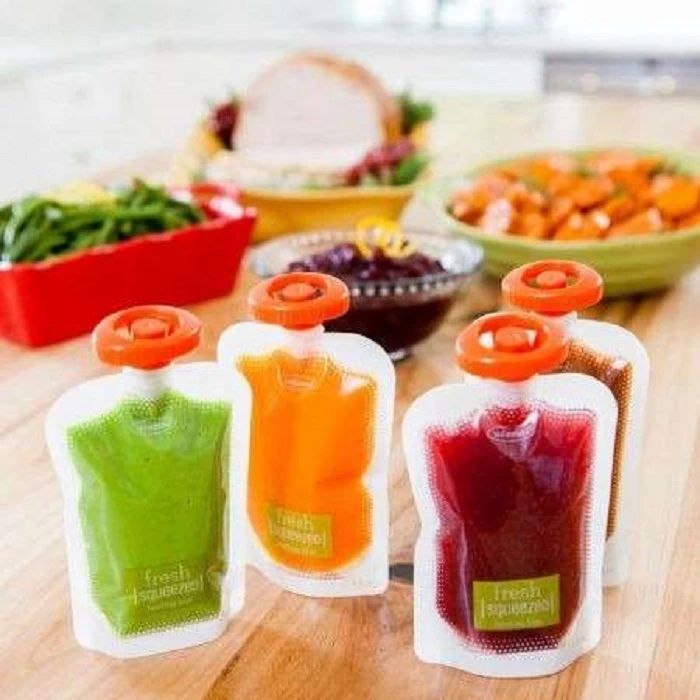
5
- PP (PP) - polypropylene. This material is used to produce food utensils (plates, spoons, forks, cups), jars and packaging for sour cream, yogurt, curds.
6
- PS (PS) - polystyrene. This type of plastic is most often used for the manufacture of disposable tableware, as well as foam substrates for meat, eggs, vegetables and fruits.
7
- OTHER (O) - other types of plastic. This group includes all types of plastics that are not assigned their own letter code. A wide variety of products are made from such materials, including food storage and packaging.
PET or PETE is the most common type of plastic. When reused, it releases substances that are toxic to the human body.
HDPE (LDPE) is considered relatively safe for humans, but it can release formaldehyde (a colorless gas) that adversely affects the respiratory and nervous systems.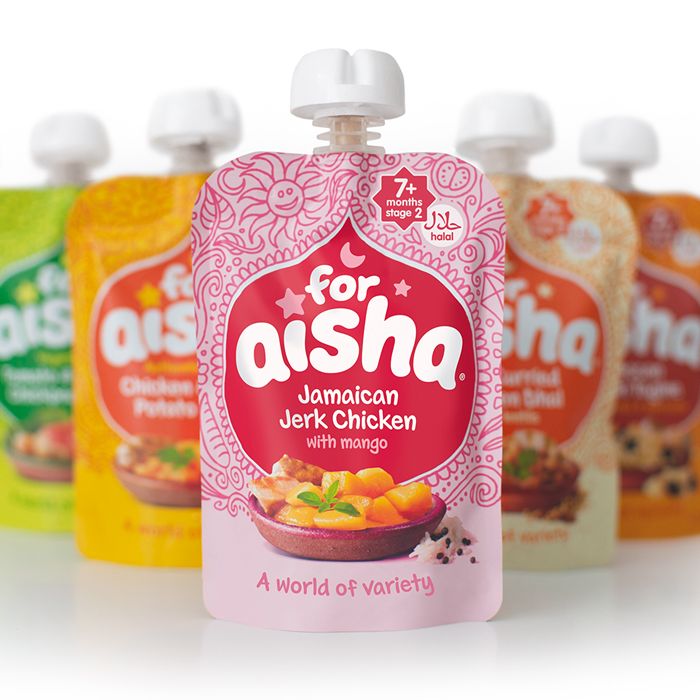
LDPE (HDPE) is safe in contact with food. But when heated and decomposed, it can release formaldehyde.
PP (PP) can also be considered relatively safe, but it releases formaldehyde at high temperatures. In other words, absolutely safe plastic does not exist, each type of it can harm human health.
And now - plastics that are always dangerous, and not just when heated, decomposed, reused or in contact with alcohol.
Use plastic marked OTHER with care. If the dishes made from it are damaged or after the expiration date, it begins to release a carcinogen that can cause diabetes or hormonal failure. A large amount of carcinogen also releases PS (PS).
The most dangerous type of plastic is PVC. When burned, it releases very toxic dioxins into the air. The plasticizers contained in it can cause damage to the liver and kidneys, infertility, and cancer.